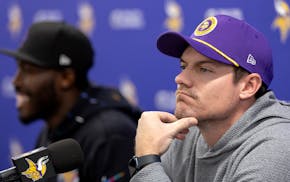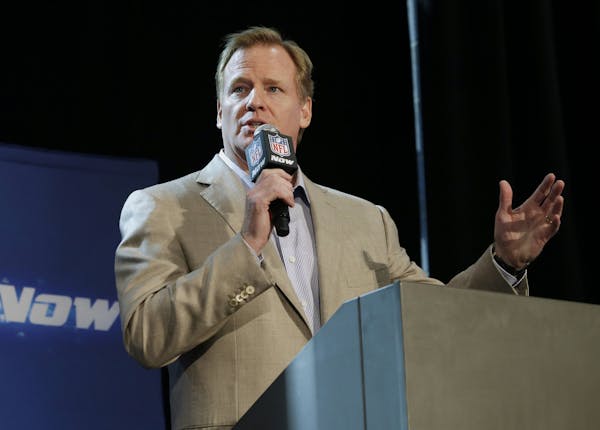PHOENIX – Tom Brady might already be the greatest quarterback ever, and if he's not, he's one Super Bowl victory away from at least being able to offer the most impressive quarterback résumé in history, so it may be instructive to compare him to his counterpart, Russell Wilson.
Through three NFL seasons as a full-time starter, both reached two Super Bowls.
One of these quarterbacks holds a significant statistical advantage over the other during their first three full seasons.
One produced a higher completion percentage, 2,384 more yards from scrimmage, 12 more touchdowns, 12 fewer interceptions, 46 more plays of 20 yards or longer and 15 more plays of 40 yarder or longer.
It's an understandable statistic gap. After all, Brady is a prototypical pocket passer with prototypical size and a powerful arm.
Which is why this fact is enlightening:
Wilson is the quarterback with the marked statistical advantage through three NFL seasons.
In fact, Wilson built that statistical advantage despite starting in his first NFL game, where Brady had a year to learn the offense from the sideline.
Perception is a funny thing. Wilson is a short, scrambling quarterback playing in an offense with a dominant running back and mediocre receivers, so his passing efficiency is often overlooked.
Brady's greatness is easy to grasp. He offers remarkable production, longevity and three Super Bowl rings, and he looks like an NFL offensive coordinator and an ad agency teamed up to invent the perfect quarterback, or at least the perfect-looking quarterback.
Brady stands tall and delivers precise passes. Wilson scrambles, runs, and often throws playground-style passes.
But it is Wilson who not only has a chance to win two Super Bowls in his first three seasons, and who not only has been the best and smartest running quarterback in the NFL, but who holds a statistical edge over Brady as a passer through three seasons.
Add Wilson's rushing totals to his passing yardage, and the statistical gap is large. Because Wilson may have to run less and stand in the pocket more as his career progresses, his early statistical model may not be predictive.
But Wilson thinks it is. Asked if he can imagine playing in Super Bowls 10 years from now, he said: "I definitely can. For me, I visualize success every day. I never visualize failure and I visualize being at the top every time. That's just my mindset.''
Wilson starred at Wisconsin before the Seahawks took him in the third round of the 2012 draft. Seattle had signed Matt Flynn to a three-year deal worth up to $20.5 million to be the starting quarterback. Wilson beat him out in training camp. Or earlier.
How early did the Seahawks know Wilson might be their opening day starter?
"Oh, we knew pretty quickly,'' Seahawks offensive coordinator Darrell Bevell said. "We saw it during the summer workouts, and we kept seeing it in training camp. It was pretty clear-cut who the best quarterback was.''
Wilson entered the league with a generation of running quarterbacks who threatened to change the landscape of the NFL. Robert Griffin III, Colin Kaepernick, Cam Newton and, briefly, Tim Tebow looked capable of befuddling defenses accustomed to rushing pocket passers.
Wilson not only led the NFL in rushing and touchdowns by a quarterback this season, he probably absorbed fewer hard hits than any other running quarterback. "He's so good at that," Bevell said. "He knows when to slide, when to get out of bounds. Most of all he knows he can't afford to miss a play.''
Wilson and Brady have something in common other than early statistical success, and winning. While Brady isn't fast, he is adept at shifting in the pocket. And Wilson? "He is so hard to tackle,'' said Patriots defensive tackle VinceWilfork. "He has such a great sense of what's around him. He always seems to move in the right direction.''
He's off to a fast start, and this time he's not looking to slide.
Minnesota's Naz Reid wins NBA's Sixth Man of the Year award, edging Malik Monk in close vote

